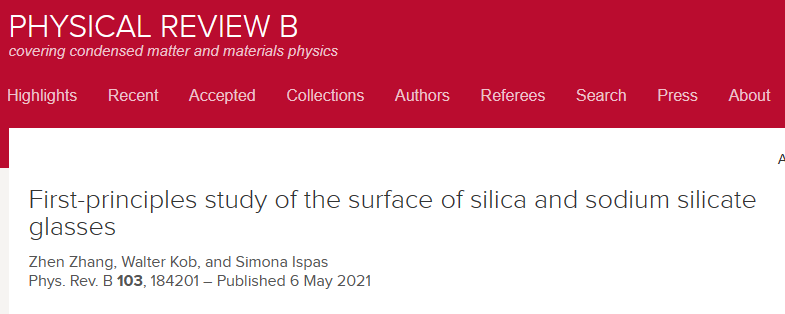
We use ab initio molecular dynamics simulations to investigate the properties of the dry surface of pure silica and sodium silicate glasses. The surface layers are defined based on the atomic distributions along the direction (zdirection) perpendicular to the surfaces. We show that these surfaces have a higher concentration of dangling bonds as well as two-membered (2M) rings than the bulk samples. Increasing the concentration of Na2O reduces the proportion of structural defects. From the vibrational density of states, one concludes that 2M rings have a unique vibrational signature at a frequency ≈850cm−1, compatible with experimental findings. We also find that, due to the presence of surfaces, the atomic vibration in the zdirection is softer than for the two other directions. The electronic density of states shows clearly the differences between the surface and interior and we can attribute these to specific structural units. Finally, the analysis of the electron localization function allows to get insight on the influence of local structure and the presence of Na on the nature of chemical bonding in the glasses.
Link:https://journals.aps.org/prb/abstract/10.1103/PhysRevB.103.184201